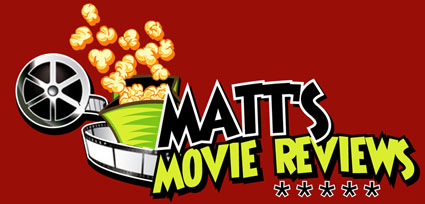An epic movie which is large in scope and personnel, The Bridge on the River Kwai is a highly acclaimed and influential WWII film, which speaks of the code of honour amongst men during war, the respect shared by enemies of war, and the madness which war evokes.
Set in a Japanese POW camp located in Burma, Alec Guinness stars as the exceedingly principled British Colonel Nicholson, who (along with his large battalion of troops) has been ordered by the sadistic Japanese Colonel Saito (Sessue Hatakawa) to build a bridge over the Kwai River, and complete the construction of a railroad which will allow passage through Burma.
Meanwhile, a jaded and bitter American POW named Shears (William Holden) manages to escape from the camp, only to be recruited by British Intelligence and ordered to lead a small group of commandoes back to the camp and blow up the bridge.
Alec Guinness delivers an engrossing performance displaying the virtues of authority, pride, and principal which his character keeps close to his heart. Alongside Guinness is Sessue Hatakawa, who delivers a very strong performance whilst overcoming any stereotypes placed on him or his character Col. Saito, especially in regards to his vulnerability brought on by pressure from his superiors to finish the bridge before a deadline, or he will face certain death.
American actor William Holden delivers a solid turn, and while he does provide some fun as the cynical lothario trying to make his way back home, viewers yearn for more of the verbal jousting between Guinness and Hatakawa whenever Holden is on the screen.
The exotic locations of Sri Lanka (where the film was shot) are magnificently captured from Jack Hildyard, who provides rich imagery. The grandiose score by Malcolm Arnold (with help from the Royal Philharmonic Orchestra) does not dwarf the film and proves to be effective during the right moments, while the memorable whistling melody of the Colonel Bogey March has been incused within popular culture.
The film is masterfully directed by David Lean, who was not the first choice for the film as he was not well known in America. Several scenes make an instant impression; a widescreen tracking shot of Alec Guinness escorted by the Japanese Colonel’s men whilst his soldiers are in full salute; a moving monologue by Guinness as he laments his life in the army; and a final showdown which evoked conflicted emotions from this viewer, and features no music, sparse dialogue, perfect reactions by its actors, faultless pacing by Lean, and an explosive and memorable conclusion. |
